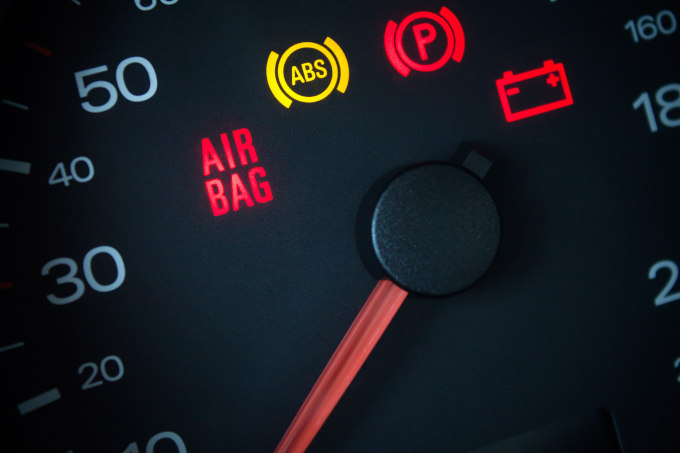The history of automotive safety is a remarkable journey, marked by constant innovation and technological advancement. From the rudimentary beginnings of seatbelts to the sophisticated systems of Advanced Driver-Assistance Systems (ADAS), the evolution of car safety features has significantly transformed the automotive landscape, enhancing both vehicle safety and maintenance standards.
Early Milestones in Vehicle Safety
The conception of car safety measures dates back to the early 20th century. In 1885, Karl Benz patented the first automobile, marking the initial step toward modern transportation. However, it wasn't until the mid-20th century that significant strides in safety features were witnessed. In the 1950s, engineer Nils Bohlin invented the three-point seatbelt, a breakthrough that revolutionized vehicle safety. Volvo was the first to implement this life-saving invention in its vehicles in 1959, setting a new standard for the automotive industry.
Seatbelts: A Foundation of Safety
Seatbelts remain one of the most fundamental and universally adopted safety features in automobiles. As their usage became mandatory and awareness campaigns increased, seatbelt-related fatalities declined significantly. The National Highway Traffic Safety Administration (NHTSA) estimated that seatbelts saved over 15,000 lives in the United States in 2017 alone, underscoring their crucial role in preventing injuries during accidents.
Airbags: Supplementing Safety Measures
Airbags emerged as a complementary safety feature to seatbelts, providing an additional layer of protection during collisions. Initially introduced in luxury vehicles, airbags have now become a standard safety component in most cars. These inflatable cushions deploy rapidly upon impact, cushioning passengers and mitigating the risk of severe injuries, further reducing fatalities in accidents.
Anti-lock Braking System (ABS) and Electronic Stability Control (ESC)
The evolution of safety features expanded beyond passive restraints to active systems aimed at preventing accidents. ABS, introduced in the 1970s, revolutionized braking systems by preventing wheels from locking during hard braking, allowing drivers to maintain steering control. ESC, introduced later, augmented this by assisting drivers in maintaining control during skidding or loss of control situations, significantly reducing the risk of accidents.
Advanced Driver-Assistance Systems (ADAS): A Technological Leap
The advent of ADAS marks a paradigm shift in automotive safety. Leveraging cutting-edge technology like sensors, cameras, and artificial intelligence, ADAS comprises a suite of features designed to assist drivers and prevent accidents. Components include lane departure warning, adaptive cruise control, automatic emergency braking, and blind-spot detection, among others.
Impact on Vehicle Maintenance and Safety
The integration of advanced safety features has altered the landscape of vehicle maintenance. While enhancing safety, these systems require specialized maintenance and calibration to ensure optimal functionality. Regular inspection and servicing by trained professionals have become imperative to guarantee the proper operation of these sophisticated safety features.
Challenges and Future Prospects
Despite the remarkable advancements, challenges persist in the realm of automotive safety. Issues such as standardization of safety protocols, cybersecurity concerns related to interconnected systems, and affordability for widespread adoption remain significant hurdles. However, ongoing research and development promise even more sophisticated safety measures, including autonomous vehicles and AI-driven accident prevention systems.
The evolution of car safety features has been a transformative journey, marked by innovation, engineering prowess, and a relentless pursuit of safer transportation. From humble beginnings with seatbelts to the emergence of high-tech ADAS, each milestone has significantly contributed to reducing accidents and saving lives. While these advancements necessitate specialized maintenance, the benefits in terms of enhanced safety far outweigh the challenges. Looking ahead, the continued evolution of safety features promises a future where road accidents become increasingly preventable, ushering in an era of safer and more secure transportation for all.
For expert servicing, maintenance, and calibration of your vehicle's safety features, visit AAMCO Knoxville. Our skilled technicians understand the intricacies of modern safety systems and provide comprehensive services to ensure your vehicle operates at its safest. Contact us today to schedule an appointment and experience top-notch automotive care that prioritizes your safety on the road.











